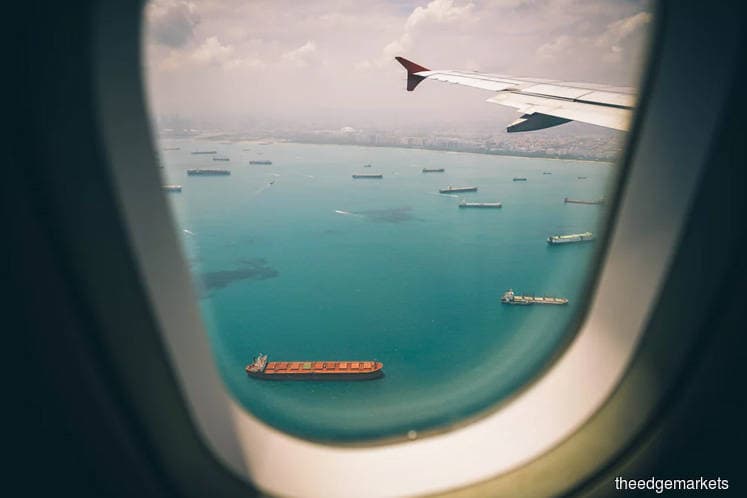
This article first appeared in The Edge Financial Daily on October 11, 2018
Aviation Sector
Maintain neutral: The key thrust of Transport Minister Anthony Loke’s address at the “Malaysia: A New Dawn” conference on Tuesday, was that the country’s interests will be best served with airports and airlines working together to enable more flights and draw more tourists. Hence, airports need to expand, and airlines should be given the full support needed to grow.
The new government does not have the financial capacity to build or expand airports and the private sector needs to take the initiative, but Malaysia Airports Holdings Bhd (MAHB) may not have the balance sheet necessary to execute all the projects. Separately, low-cost airlines want to operate from low-cost carrier terminals (LCCTs) without aerobridges, so that the passenger service charges (PSCs) can be lowered and passenger traffic can be stimulated, but MAHB is reluctant to facilitate this.
According to the transport ministry (MoT), the government will formally abdicate its role in airport infrastructure funding to the private sector. Should MAHB be unable to fund all the necessary capacity expenditure (capex) from its own balance sheet, MAHB will be required to source for new private capital, which will be injected into separate airport clusters. The government will also renegotiate the terms of the current operating agreement (OA) signed with MAHB.
Currently, MAHB has two OAs, the first to operate KLIA (including klia2), and the second to operate the remaining 38 airports in Malaysia (Senai excepted). The MoT envisions breaking up the 38 airports into several regional clusters, for which separate OAs will be signed, with terms designed specifically to incentivise operators to expand capacity and to keep them in good functional condition. MAHB can look for different equity partners for different clusters, to raise money for capacity expansion.
The MoT hopes to complete the signing of the new OAs with MAHB by the end of 2018 forecast (2018F), and to implement the new airport operating model by early 2019F. We believe that the economic impact of the new airport operating model will likely be neutral to MAHB. While the likely break-up of MAHB’s airport operatorship monopoly is negative, and the potential construction of LCCTs may reduce MAHB’s revenue collection, the government may be willing to forgo or reduce the quantum of user fees to bolster MAHB’s balance sheet for capex purposes. Also, MAHB is envisaged to be in the driver’s seat to manage the entire process of issuing new equity shares in the various airport clusters.
Loke said that he was supportive of AirAsia Group Bhd’s efforts to build new LCCTs that will not have aerobridges. While the MoT cannot compel MAHB to build these LCCTs, given the minister’s moral support, we think that MAHB will more likely than not facilitate the establishment of new LCCTs, which will, of course, work to the advantage of AirAsia and AirAsia X. These new LCCTs will likely result in lower PSCs, given the minister’s wholehearted support of the Malaysian Aviation Commission’s Regulatory Asset Base framework, which will determine aeronautical tariffs from capex, operating expenditure and weighted average cost of capital inputs.
Highlighted companies are AirAsia (“hold”; TP: RM3.56) and MAHB (“hold”; TP: RM9.24). — CGSCIMB Research, Oct 9